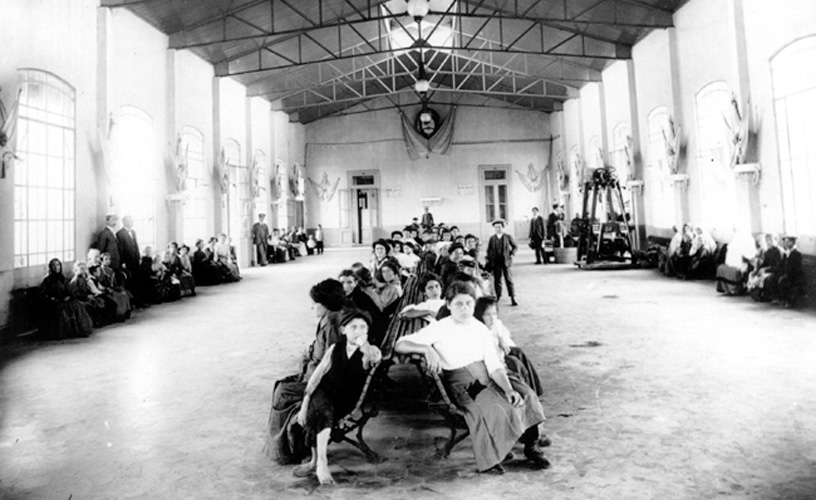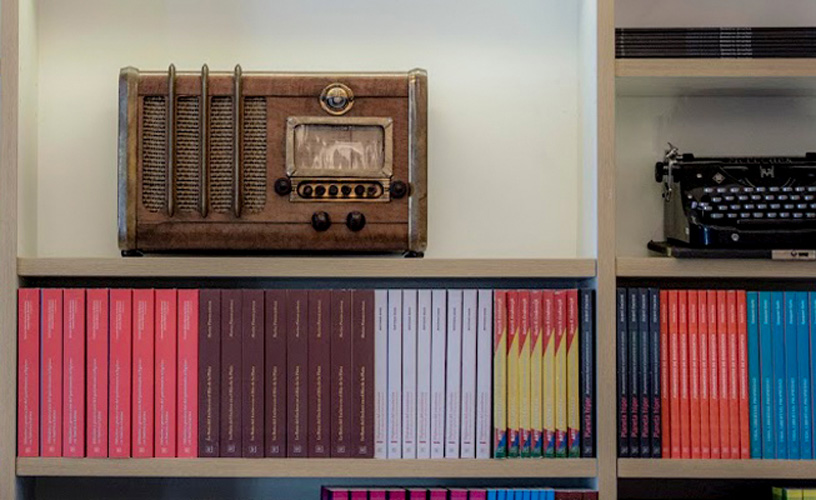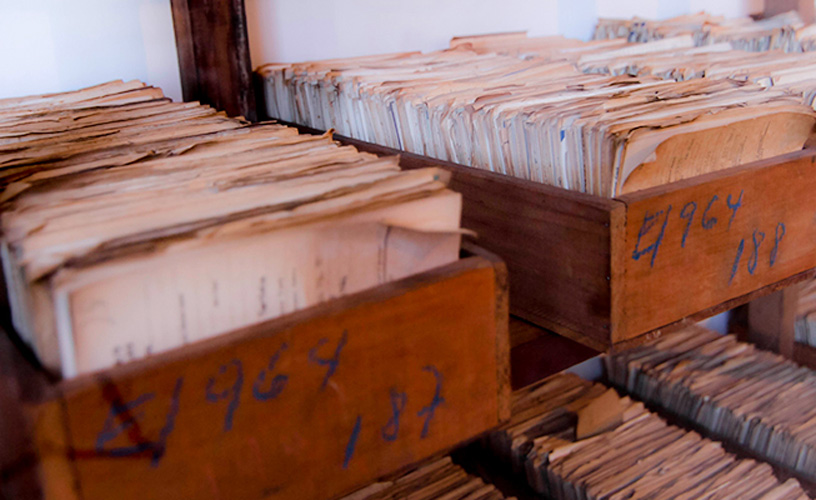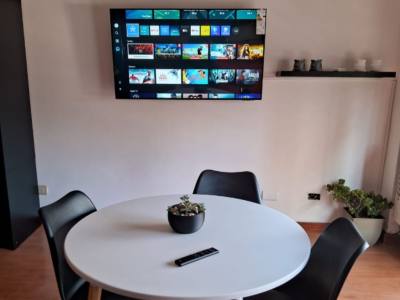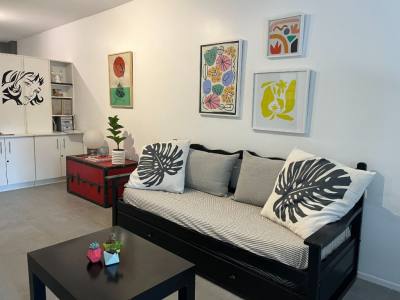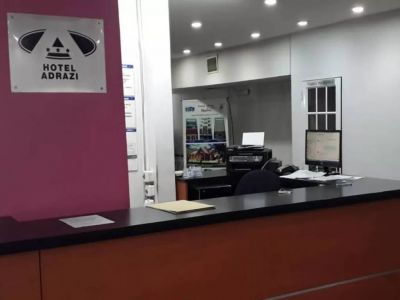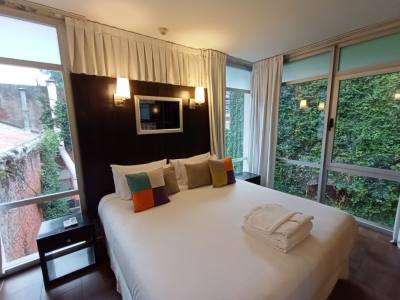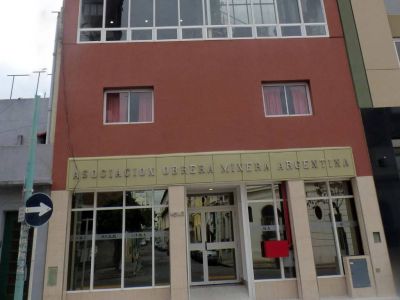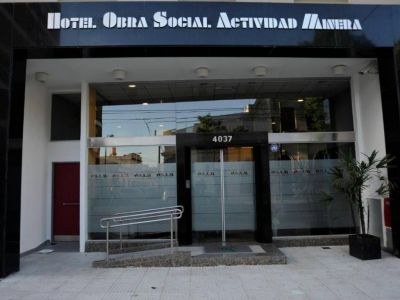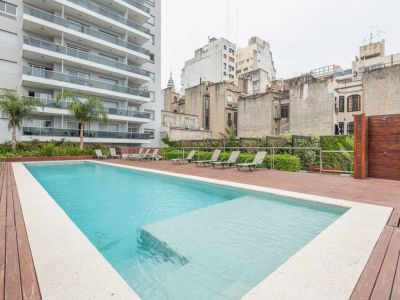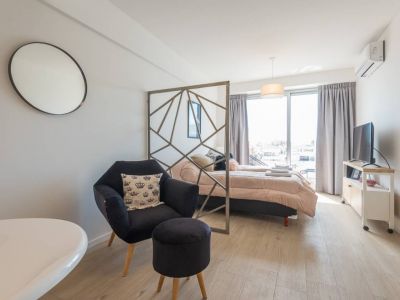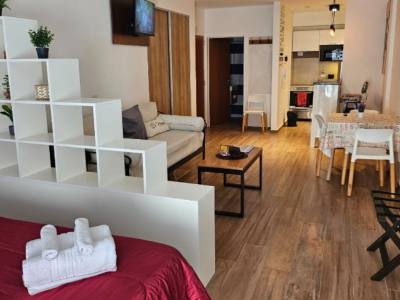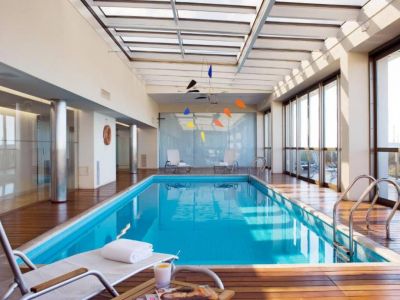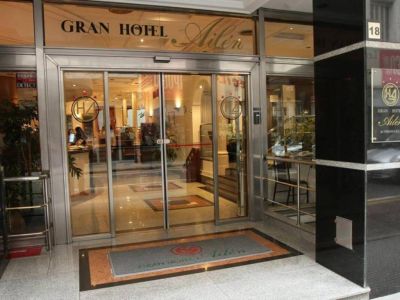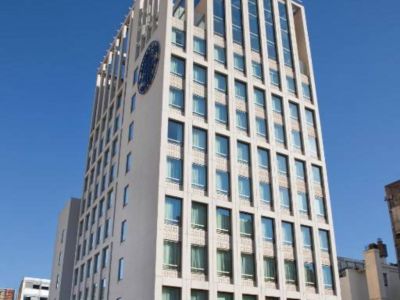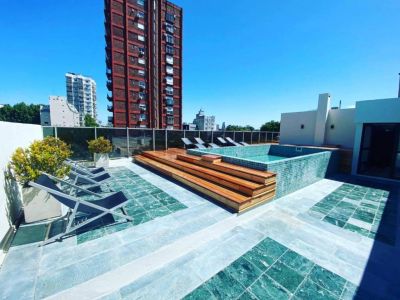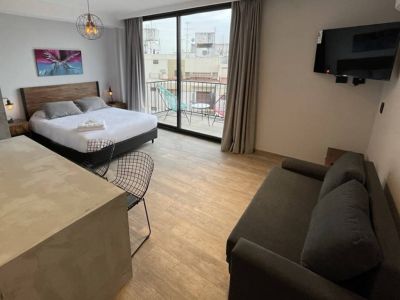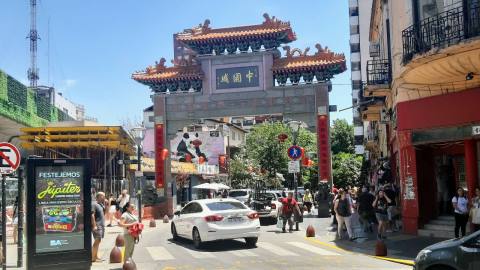We visited the Immigrants Hotel, today turned into a museum. Almost 40 percent of the immigrants who arrived in Argentina in order to populate it and start a new home stayed at this venue.
The walls of what today is the Immigration Museum witnessed the stay of countless people who left their hometowns and families in search for a better future and found in the buildings of the port of Buenos Aires their first roof, a meal and an assistance center (for five days) during their passage to a new life awaiting in Argentina.
Straight from the Ships
An old saying goes that Argentinians descend from the ships. For better or for worse, this cannot be denied and figures confirm that between 1869 and 1895, the population of Argentina doubled as a result of immigration.
For us, as well as for most Argentinians, visiting the Immigration Museum, housed in what used to be the Immigrants’ Hotel, had a special significance. Not only does this venue keep record of the thousands of people who stayed there as they entered the country, but it is also a tribute to each of those people who left their homeland behind to find a future.
The Immigrants’ Hotel was the last venue inaugurated in a block of buildings raised by the national government in the port of Buenos Aires in order to meet the needs generated by the swarming waves of immigrants.
The complex was completed by the Pier, the Labor Department and a Hospital equipped with cutting-edge technology for the time. In 1911, President Dr. Roque Sáenz Peña attended the Hotel inauguration.
The Hotel, a Hive
The Immigrants’ Hotel, today housing the museum, is a four-storey building designed to lodge 4,000 people. The bedrooms were on the three upper floors. They contained beds made of iron and raw leather and bathrooms with hot and cold water.
The dining-room was located on the first floor. There were shifts of 1,000 people each to have a meal. Breakfast, lunch, tea and dinner were served here and there used to be a kitchen, a bakery, a butcher’s, a library and a special area for workshops. Today, visitors may only access the first floor of this building, where the show has been set up.
We could imagine the stories of men and women who passed through the same place we were visiting; the sign-posts and blow-ups distributed around the museum contributed with data and testimony, as well as a tour around the Argentinian immigration policy.
Behind small glass cabinets and through some modules we could observe real remains from a not too distant past: the suitcases carried by those who arrived in this country, their clothes, their personal belongings, and even a selection of authentic travel documents.
The Mark of the Passage: Records
There is one last relic sheltered by this museum, which has been placed in a special room: the Customs log books where the names of the immigrants and some of their information were registered. We could appreciate three of those logs, displayed to visitors inside a glass cabinet.
But surprise comes hand in hand with technology. The Latin American Migratory Studies Center is carrying out a process to enter the immigration minutes to a computers system. Even though some records have been lost, the center is collecting more and more information and however small the contribution may be, anyone can approach the counter located inside the museum and ask for their ancestors data to be looked up. They can even get to know on what date and on what vessel they arrived in the country and what occupation they had.
Thus, the visit to the museum may end with a very personal experience.
Marcos Rodríguez
Gentileza Buenos Aires Gob.Ar
Phone: +54 11-48930322
